What Is Radon? An Unseen Threat in Your Home
There’s an unseen threat lurking beneath your home’s surface. It can’t be seen, smelt, or tasted—it is invisible.
This threat is called radon gas. It is a radioactive gas that can be found in soil, rock, water, and some building materials worldwide. Any building in any community can be at risk for radon exposure.
The History of Radon Gas
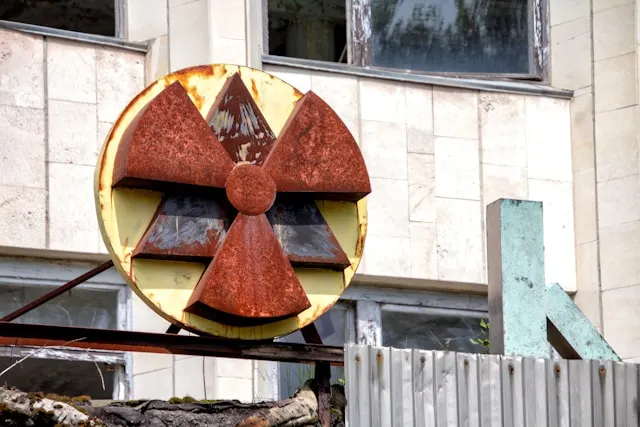
Radon was discovered in the 1900s by a German chemist while studying the decay of radium. Following WWII, there was an unusually high detection of lung cancer in uranium miners, and it was determined to be the effect of radon.
Radon gas was only recognized as a threat to homes once Stanley Watras changed the perception of the gas.
In the mid-1980s, Stanley Watras was working at a nuclear power plant in Pennsylvania, and as he entered his place of work, the radiation detector went off.
The power plant had been closed due to construction, and no nuclear fuel was on the premises. His radiation levels could not have come from work.
Worried about this level of radiation, officials tested Watras’ home and discovered that the radon levels in his home were 2,700Bq/m3. For reference, Health Canada cautions radon levels over 200Bq/m3. This discovery showed professionals that radon can enter homes and put residents at risk.
Basement or Crawl Space. Which Is More At Risk For Radon Exposure?
A crawl space is typically around 3 feet high, making it too small to spend time in. It often has dirt floors and openings in the walls, exposing it to the outdoors. In contrast, a basement is usually about 8 feet tall, spacious enough to be used as an extra living area, and is often sealed off from the outdoors with solid flooring and walls.
Whether your home has a basement or a crawl space, you are still at risk for radon exposure.
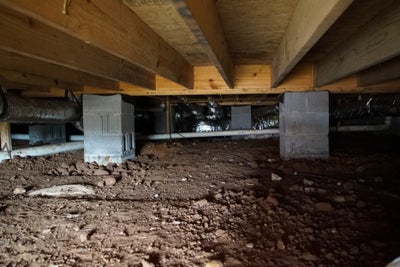
In a home with a crawl space, radon can accumulate in the dirt beneath it. It can then enter your home through a process known as the stack effect.
The gas gets concentrated in the crawl space, then rises through the floors, eventually seeping into the living areas of your home, putting you at risk.
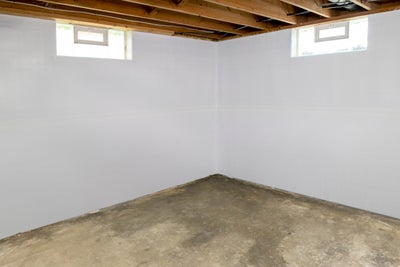
In a home with a basement, radon can seep through the pores in the foundation. The lower air pressure inside your home than the soil around it causes the gas to diffuse indoors.
Once it enters your basement, it can circulate through your home via the vents. Spending time in your basement increases your risk of radon exposure due to the higher concentration in that area.
Radon enters basements and crawl spaces in different ways, but both pose a risk of developing lung cancer. According to My Health Alberta, studies show that 1 in 15 homes in Canada has unsafe radon levels.
There’s no pattern as to which home might be affected, making it essential for everyone to monitor their levels.
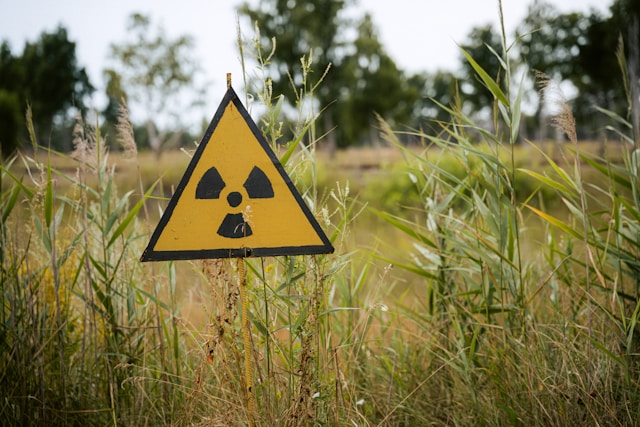
How is Radon Created?
As radon breaks down it creates radioactive particles that get trapped in your lungs as you breathe.
They begin to harm your lung tissue which can lead to lung cancer. Radon is the number 1 leading cause of lung cancer in non-smokers. According to The Canadian Cancer Society, there are more than 3,300 lung cancer deaths related to radon per year.

How To Test For Radon
Testing for radon is easy!
Head to your local hardware store, or Amazon and purchase a radon detector kit. Test your levels by following the directions on the box. If you find that your levels exceed 200Bq/m3, contact a certified radon professional immediately.
The radon mitigation system we install will redirect airflow, provide ventilation, and seal entry points so that radon goes outside and stays there, leaving your home unaffected. We will then re-test your home to ensure that the radon mitigation system is working and removing the radon from your home.
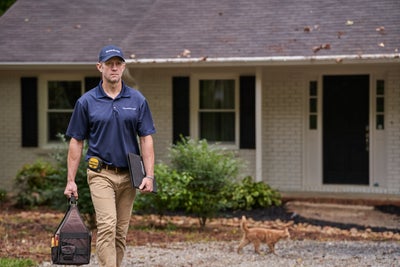
Trust Groundworks To Protect Your Home
Our groundworks employees are part of the C-NRPP- The Canadian National Radon Proficiency Program. This is a certification program that establishes guidelines, training, and resources for the provision of radon services by professionals.
If you have tested your radon levels and require a mitigation system, contact us today!